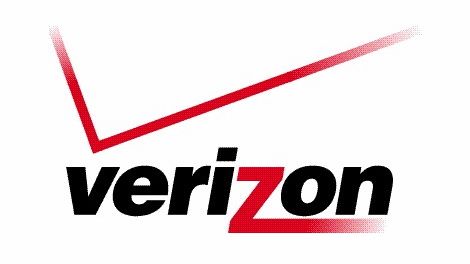Verizon introduces new app rating system

Earlier this week, Verizon Wireless announced the integration of a standardized app rating system designed to inform users of apps’ age-appropriateness.
The CTIA Mobile Application Rating System, created in conjunction with the Entertainment Software Rating Board’s (ESRB), now appears on all Verizon apps, including legacy applications, displaying an age rating category.
Six rating markers, styled like ones found on CDs and video games, alert parents if an app is right for age groups ranging from “Early Childhood” (three years and older) to “Adults Only” (18+).
“Not all apps are meant for all ages,” said Patricia Vance, ESRB president, in a press release. “Our ratings exist to empower parents with the ability to make informed decisions about which ones are right for their child.”
For its part, Verizon made the announcement in November 2011 it’d be adopting the industry-wide rating system, used by other carriers like AT&T, T-Mobile and Microsoft.
Verizon joins up
Jack McArtney, director of corporate and community responsibility at Verizon, said Verizon developed its own rating system for mobile content in 2007, but now the company has adopted the industry-wide rating standard.
“This is not a Verizon propriety but a common, recognizable system consumers are familiar with,” he said.
Sign up for breaking news, reviews, opinion, top tech deals, and more.
All apps - no matter how old - will get marked for an age group.
“We’ve gone back into our catalogue, worked with the industry committee and created a more consistent consumer experience for all our apps.”
Added benefits
Besides offering an immediate read on whether an application is appropriate for a certain age group, McArtney said the system actually filters apps based what parents choose as their children's mobile settings.
“If I choose the E10 rating, the filtering tool will filter apps appropriate for that age,” he explained. “You won’t even see apps outside that rating.”
In addition to granting parents greater control over what kind of applications their children are exposed to, McArtney said the system helps developers more effectively target an app audience.
“This creates a target in their market for their desired outcome to create applications for their audience,” he said.
“If they’re going for a teenager or more mature audience, ESRB will be familiar to them for their purposes.”
21st century solution to age-old problem
According to McArtney, the issue of children getting exposed to unsuitable material is nothing new, but as apps and smartphones become more prevalent in younger age groups, the long-standing issue is entering new technologies.
“This are is not new and not even unique to applications,” he said.
Verizon, he said, strived to listen to what its customers wanted - an option for control that’s not being stuffed down their throats.
“Customers can decide what rating they want and when to apply it,” McArtney said. “We’re letting them choose the settings.”

Michelle was previously a news editor at TechRadar, leading consumer tech news and reviews. Michelle is now a Content Strategist at Facebook. A versatile, highly effective content writer and skilled editor with a keen eye for detail, Michelle is a collaborative problem solver and covered everything from smartwatches and microprocessors to VR and self-driving cars.